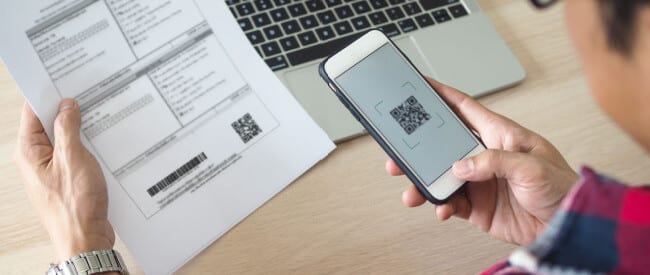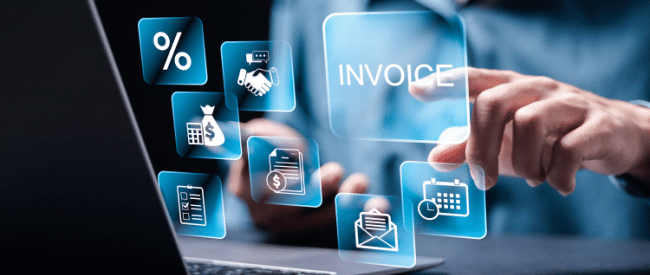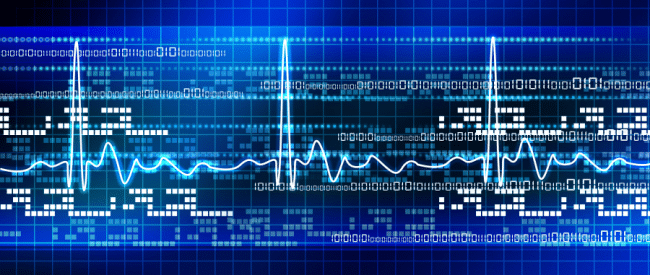.
The driving force for digital transformation at most companies is cost savings and business efficiencies. Equally important, digital and cloud technologies provide the essential foundation for delivering the highly personalized and increasingly digital and mobile experiences that more consumers want.
Even better, digital transformation and customer experience are self-reinforcing business improvements. The strength of these synergies is particularly powerful in billing and payments.
They create a virtuous circle that generates compounding benefits. As companies leverage technologies to provide a variety of communications and payments options, track customer reactions and adjust experiences in response, they foster greater engagement and increase the desired action, such as making a payment, booking a vacation or refinancing a loan.
Leveraging modernized billing and payments
Cloud customer communications management (CCM) software and electronic bill presentment and payments (EBPP) solutions digitally transform billing and payments. CCM and EBPP platforms give companies the control and flexibility to deliver the greater choice, convenience and personalization that consumers expect—while also automating and streamlining workflows and operations for improved efficiency, productivity and employee experience.
With these systems in place, companies can develop and implement billing and payments strategies and programs that address changed consumer behavior and financial realities to drive increased engagement, cashflow and revenue. Make no mistake: These changes call for a new playbook, not simply taking manual processes and transactional documents and making them digital.
Prioritizing new best practices for CX
Our recent white paper Making Medical Bills a Higher Payment Priority for Consumers describes the 5 essential new best practices for consumer communications and payments.
While healthcare revenue cycle management and collection firms and providers have some unique challenges and opportunities, which we cover in detail in the white paper, these communications and payments best practices are just as fundamental to success for customer billing in other industries.
They deliver market advantage for direct billers such as utilities as well as companies that manage billing and payments for dozens, hundreds or thousands of different brands and clients, including vacation ownership, property management and auto finance and mortgage servicers.
5 essential best practices
1. Offer omnichannel options.
Even as email and text messaging grow more popular, plenty of consumers still want to receive paper communications in the mail. That means companies need to offer any combination of print, email and text messages based on each customer’s communication channel preferences. The same ability to provide choice in payments is key.
Managing all consumer communication and payment preferences from a single omnichannel communications platform that combines CCM and EBPP improves operating effectiveness and responsiveness. It also enables companies to easily capitalize on synergies, such as texting or emailing payment reminders with links statements or online payment portals. Printed statements can include a QR code that consumers can scan with a mobile device to pay a bill.
2. Prioritize digital-first strategies.
CCM and EBPP technologies allow companies to lead with digital options, which appeal to growing numbers of consumers. It allows companies to automate backup plans when digital communications remain unopened.
Not only does this approach improve engagement and payments, a digital-first focus generates important operating benefits:
- Accelerates payment for faster time to revenue
- Reduces call volume related to billing statements
- Satisfies compliance under Regulation F
- Digitally transforms operations
- Reduces paper, printing and postage costs
- Increases patient satisfaction and loyalty with a consumer-focused payment experience
3. Leverage automation.
With CCM software-enabled communication templates for bills, letters and other documents and a shared content library for all communication programs, companies simply upload a single data file, and the system dynamically merges all elements to personalize each communication.
In addition, companies have control to use CCM automation to:
- Include appropriate disclosures based on zip codes or other criteria
- Easily update communications/templates
- Archive records for length of time based on their needs
- Create audit trails
- Track KPIs and produce reports
- Send follow-up communications automatically based on customer engagement (e.g. send a printed letter if an email is not opened)
4. Integrate for maximum value.
Consumers want a secure, frictionless experience across channels and one that’s consistent and personalized at all touchpoints. To build and present a complete picture to each consumer, it’s critical that CCM and EBPP platforms integrate and exchange information with each other and other client systems, payment portals, and both live and automated customer service options.
Integrated CCM and EBPP make the entire billing and payments cycle easier to manage, including electronically presenting statements created in a CCM system in an online payment portal. It also leverages the connections to improve ease of use for consumers, such as adding secure links in emails and texts to online payment options.
5. Provide self-service capabilities.
EBPP systems give consumers the ability to manage their accounts online, providing the convenience and flexibility that’s so important to them. The best systems allow consumers to:
- View statements and payment history
- Make one-time payments, which may include a lump-sum or prompt pay discount
- Automate recurring payments using stored payment methods
- Set up payment plans based on each provider’s policies
- Accept a variety of payment methods including credit cards, ACH and ApplePay
Maximizing CCM and EBPP platforms
With CCM and EBPP platforms, companies have the technologies that not only digitally transform their operations but also can transform their customer relationships.
But technology is not the solution, it’s the tool. According to consulting firm McKinsey, digital transformation is the rewiring of an organization, with the goal of creating value by continuously deploying tech at scale.
So as important as rewiring technologies is, companies need to devote as much effort to revamping strategies, processes and employee behavior to take full and ongoing advantage of those investments. For billing and payments, that means leveraging digital technologies including CCM and EBPP to adopt the five new best practices that deliver customer experiences that engage, speed payments and strengthen loyalty.
Please contact your Client Success Manager to discuss how you can maximize our suite of Expresso® solutions for better CX.





